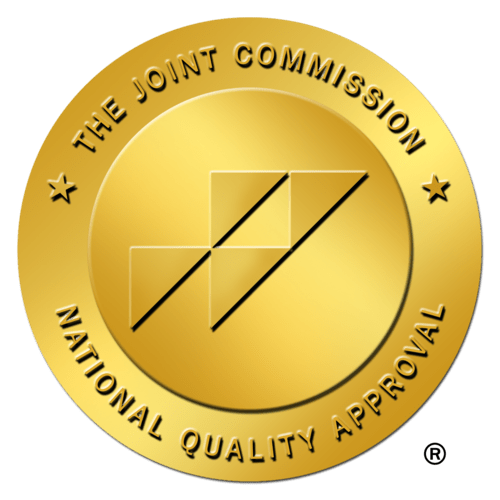
What do you see as the biggest challenge when managing labor costs in healthcare delivery?
Labor has always been the bane and the boon of healthcare providers. On one hand, labor compensation is the single largest contributor to the costs of healthcare in the United States. On the other hand, access to qualified and competent healthcare professionals is the number one driver of superior quality of care. Lowering the financial burden of care delivery while ensuring quality of delivery is a significant challenge. As such, even as labor is understandably a primary target for cost cutting, it is important to realize that quality professionals are more than an expendable budgetary item – they are the most significant input for quality care.
Consequently, in order to meet increasingly complex patient care demands, it is imperative for leaders to develop cost effective, creative, and innovative care delivery models that don’t simply reduce but optimize the use of high-cost and high-quality clinical professionals.

What has been the impact of the current pandemic environment on this challenge?
Addressing the challenge of high labor costs while attempting to achieve quality of care goals is an extremely difficult task at any time. Trying to manage this balance when faced with the daunting financial and operational challenges of the current pandemic is nothing less than a Herculean task.
- Financial challenges are far more daunting than normal. Many systems and facilities have been struggling since March with a dramatic reduction in demand for some of their most lucrative service lines: elective procedures and surgeries.
- Quality of care is even more important than usual as safety protocols, operational workarounds, and the health and safety of front line staff becomes a crucial driver of pandemic response.
- Shortage in critical professions, such as ICU and ED nursing, is only exacerbated by the pandemic, with professionals in these critical roles in short supply to begin with. While suffering through burnout and other physical and mental challenges of dealing with such pressures, these professionals also risk personal exposure to the virus.

What are some models for addressing this challenge in the current environment?
Despite the horrors unleashed by this pandemic, there has been one ray of hope when it comes to healthcare delivery. Organizations are starting to realize the benefit of a flexible operational model, one that more easily matches supply to demand. As pandemic waves come and go and as demand for elective surgeries and other non-COVID-19 related services fall and rise, the number one lesson that healthcare delivery organizations are learning is the need for flexibility in where, when, and how care is delivered.
It is no surprise, then, that this crisis has unleashed a long-anticipated growth in telehealth – similar to the growth in the number of jobs that are now done from home. Many health systems are also realizing the value of a flexible staffing model to manage changing demand in a financially and clinically responsible manner. These flexible staffing models are far more cost effective and, consequently, once adopted, will stay. Organizations already have a few options for tools and processes that enable flexible staffing, primarily through the use of technology. CareRev, a cloud-based platform that matches the demand and supply of healthcare professionals across time, space, and service lines, is one example of an advanced solution simplifying the creation of a flexible workforce.
The key is that we are all using this crisis as an opportunity to address a major challenge in our industry: the difficulty of balancing financial imperatives with clinical demands when it comes to workforce management. Our success here will lead the way for all organizations to more effectively balance labor cost management with achieving quality of care goals.
You can also find this article on modernhealthcare.com.






